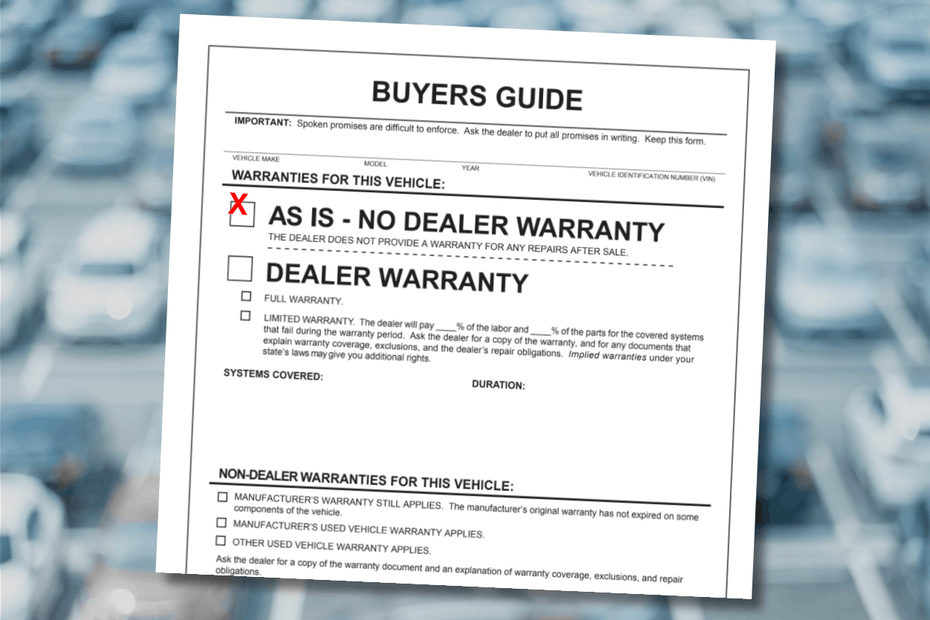Hot market offer tricks
In a seller’s market, buyers have to weigh every decision when making an offer to buy a home. Being competitive means trying everything you can to sweeten the deal. Promising to release earnest money just for getting acceptance, making up a cash shortfall in the event of a low appraisal, limiting repair negotiations, forgoing inspections, or even committing to an as-is purchase are all terms that are on the table to entice the seller and have the winning offer on a hot property. A buyer purchasing a property in as-is condition can certainly be to the seller’s advantage, so long as the sale closes. Is the risk worth the reward?
Should you make an as-is offer?
Committing to purchase property in as-is condition in advance of having it inspected is high risk. You cannot tell what the condition of the sewer line is, what is hiding in the crawlspace or behind the face of the electrical panel, or possibly even the condition of the roof or chimney on a tall home. While an as-is purchase may sound appealing to the seller, the agreement can backfire. Buyers still may have the right to terminate the purchase if they aren’t satisfied with what they learn about the property during inspections. That risk may be higher if the buyer feels they have no wiggle room to negotiate solutions to big problems. I always counsel sellers that if there is an inspection contingency alongside as-is terms, the offer may not really end up as-is. I encourage cooperating agents to have conversations with their clients, as I do with mine, to consider negotiations if it will save a transaction that is otherwise falling apart. It is fabulous when it all plays out as planned and buyers can honor their as-is terms and still afford to buy the property, but sometimes flexibility is needed to get to the finish line!
A compromise?
An alternative to a totally as-is offer is to write in some seller protections regarding repairs. For example, a buyer might state that they will not negotiate any single repair item that costs less than a specific dollar amount to correct, perhaps $1,000 or $5,000, etc.. This provides the seller assurance that they will not be presented with an irritating laundry list of little to-do’s, but provides a path to negotiate big ticket fixes. The buyer risks the possibility of multiple items that come in under their threshold, but that together add up to more than the buyer’s budget can handle. As with as-is terms, it may require some flexibility to seal the deal.
Tough choices!
Further complicating all of this is that there is pressure to have shortened inspection contingency timeframes; yet inspectors are frequently quite booked up. This means that the home inspection appointments may occur with little to no time left in the buyer’s inspection contingency to get estimates for needed repairs. The buyer’s earnest money deposit is protected by that contingency and they may not be able to negotiate an extension for more discovery. Buyers often find themselves at the precipice of a cliff: either blindly accepting the unknown cost of making needed repairs or letting go of the house they finally managed to get an offer accepted on.
Examples of costly needed home repairs:



